In an online seminar hosted by ECB yesterday, President Christine Lagarde noted that “how long how those bottlenecks will take to be resolved” is one of the question marks. She expected the impact of higher energy prices to “go out in the first part of ’22”. Also, “the last of the uncertainties that we have to account for…is potential new waves of a pandemic that would be vaccine-resistant.”
BoE Governor Andrew Bailey said, “I expect us to be back to the pre-pandemic level in the early part of next year, possibly a month or two later than we thought we would be at the start of August.”
Some analysts took a message from September MPC minutes that BOE could raise interest rate in November, while the asset purchase program is still in its final stages. Bailey declined to comment directly. But he noted, “the preferred tool will always be rates because we understand the effect of rates in the monetary policy transmission mechanism. But that’s not to pre-judge what we will decide in November,”
BoJ Governor Haruhiko Kuroda maintained said, “whatever fiscal, regulatory or any other policies the new government pursues, the BOJ will continue to maintain extremely accommodative monetary policy in order to achieve its 2% price stability target as soon as possible.”
“In coming years, we must achieve our 2% price stability target. That is true. But at this moment, (achieving) economic recovery and faster growth are the most important challenges faced by us,” Kuroda said.



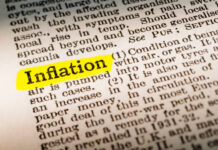
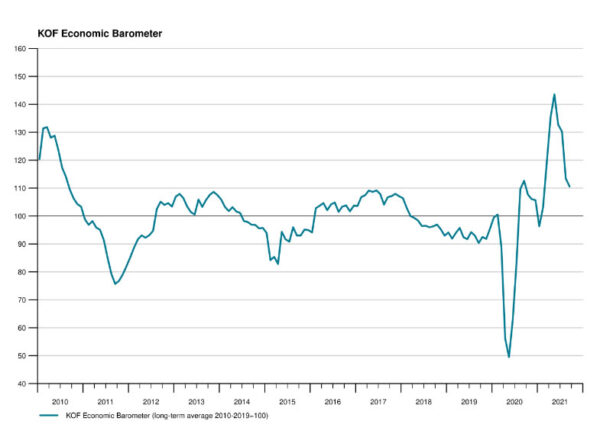
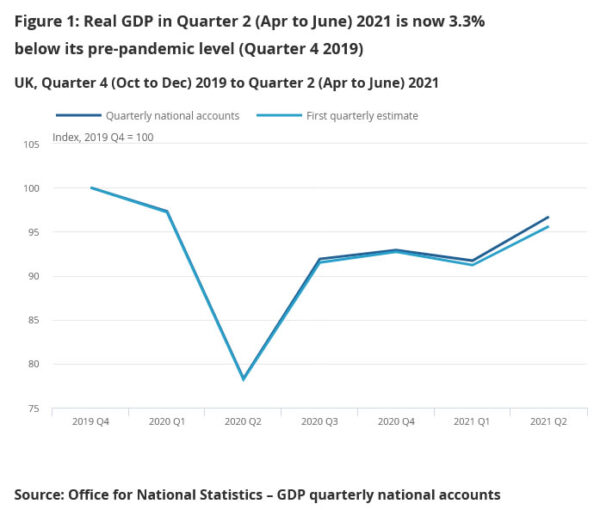
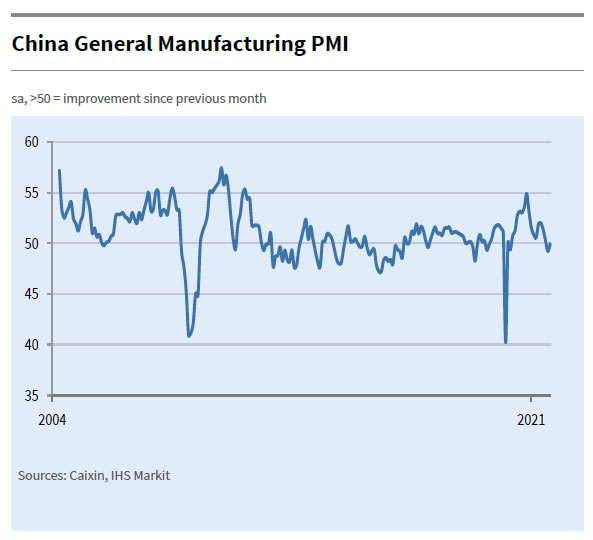

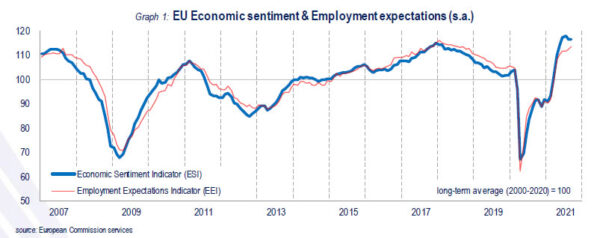
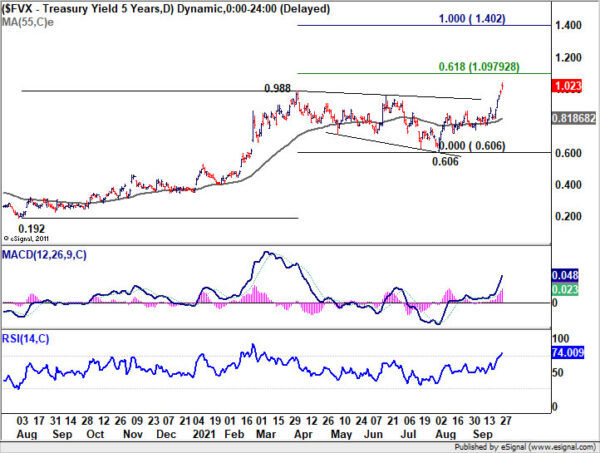
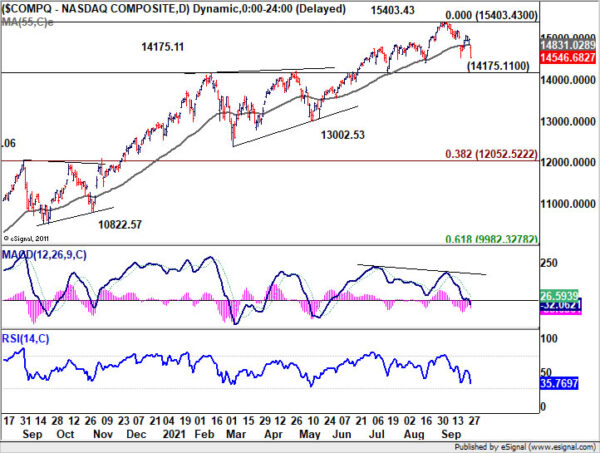
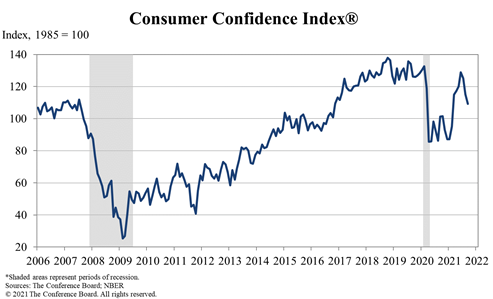
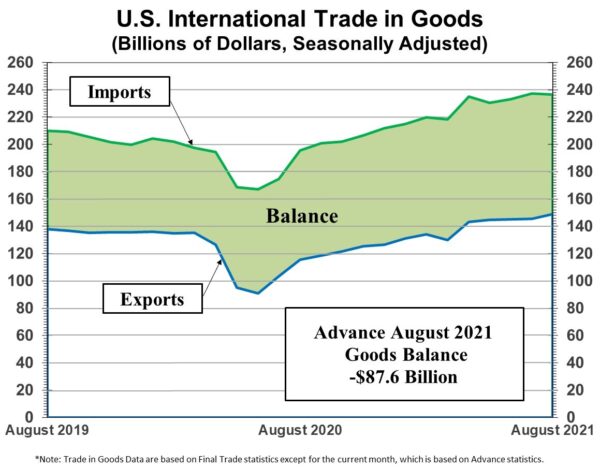

Silver’s down trend continues, targeting 20.92 projection level
Silver’s down trend resumes this week and hits as low as 21.41 so far. The larger down trend from 30.07 is in progress for 61.8% projection of 28.73 to 22.36 from 24.86 at 20.92 next. Also prior rejection both 55 day and 55 week EMA affirmed near term and medium term bearishness. Firm break of 20.92 will target 61.8% retracement of 11.67 to 30.07 at 18.69 before completing the current down trend.
Meanwhile, break of 23.13 resistance is needed to be the first sign of short term bottoming. Otherwise, outlook will stay bearish in case of recovery.